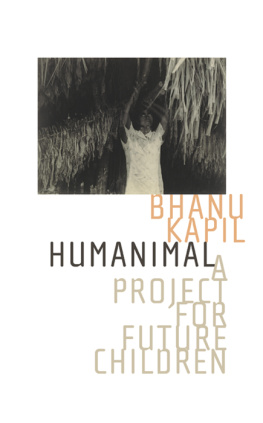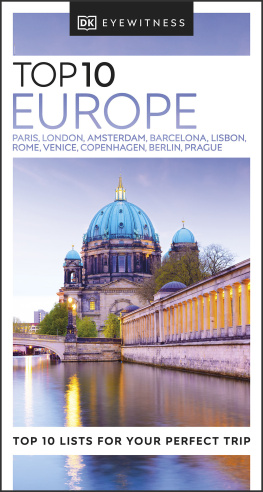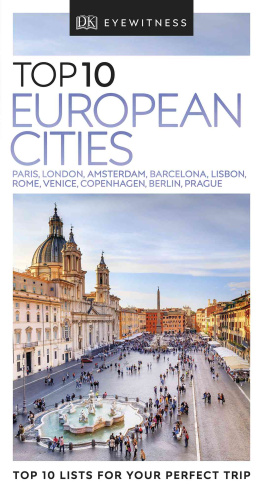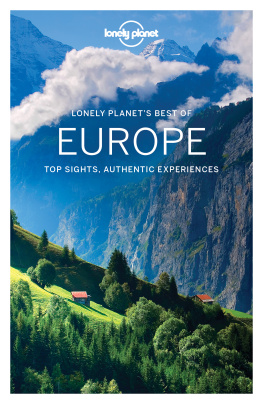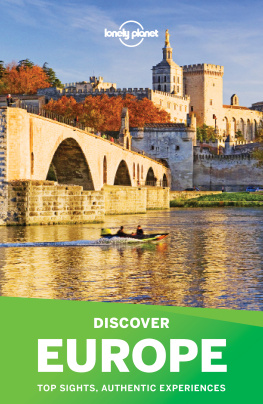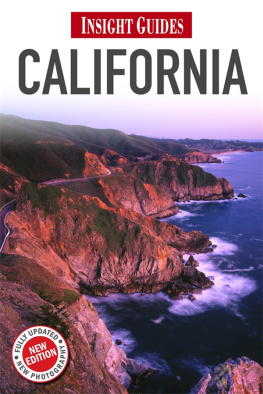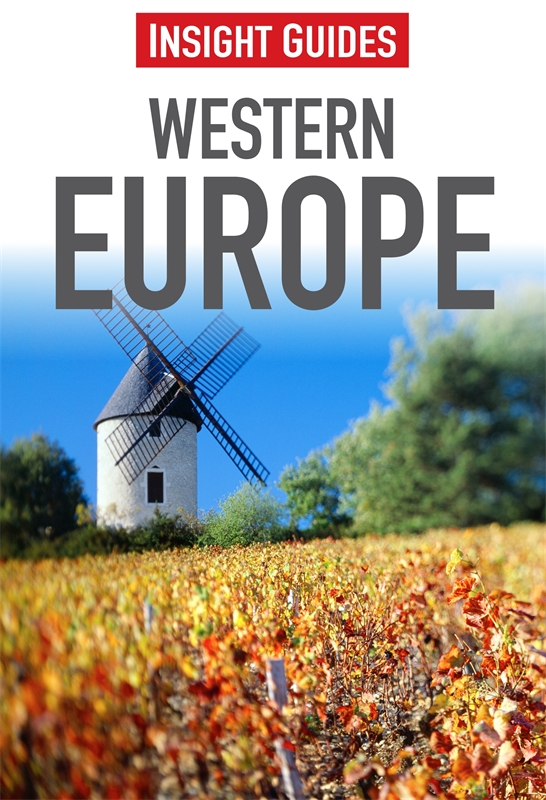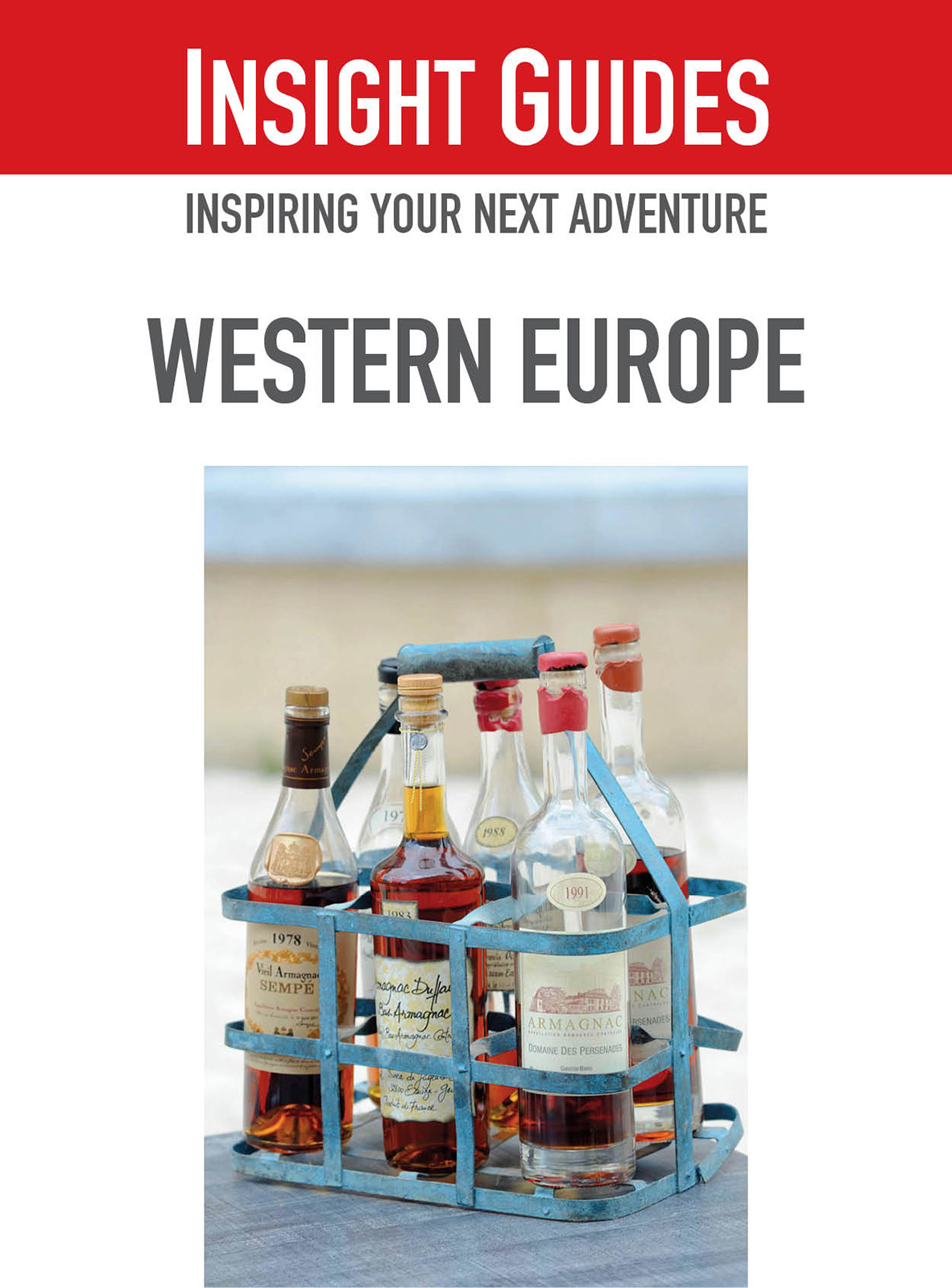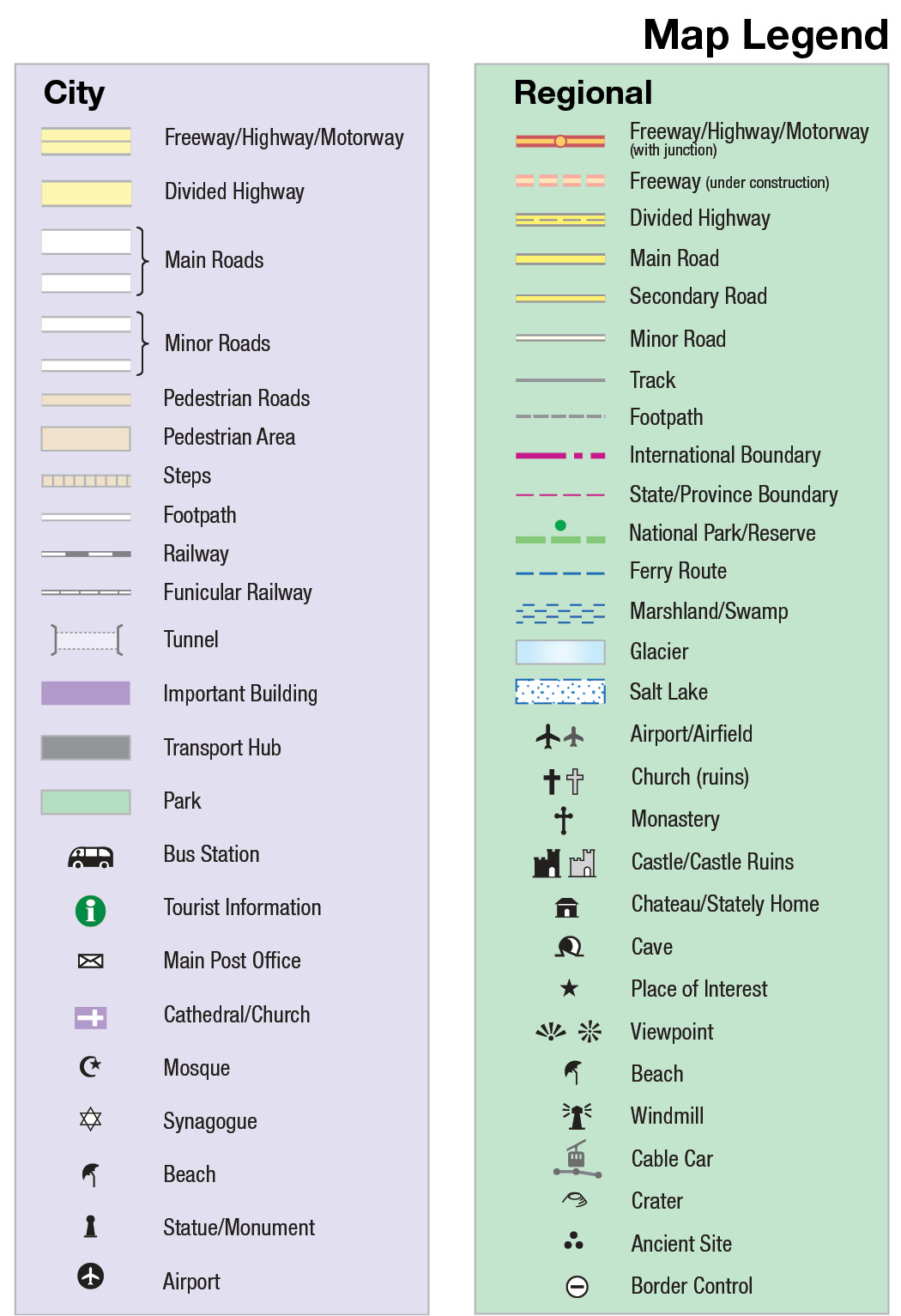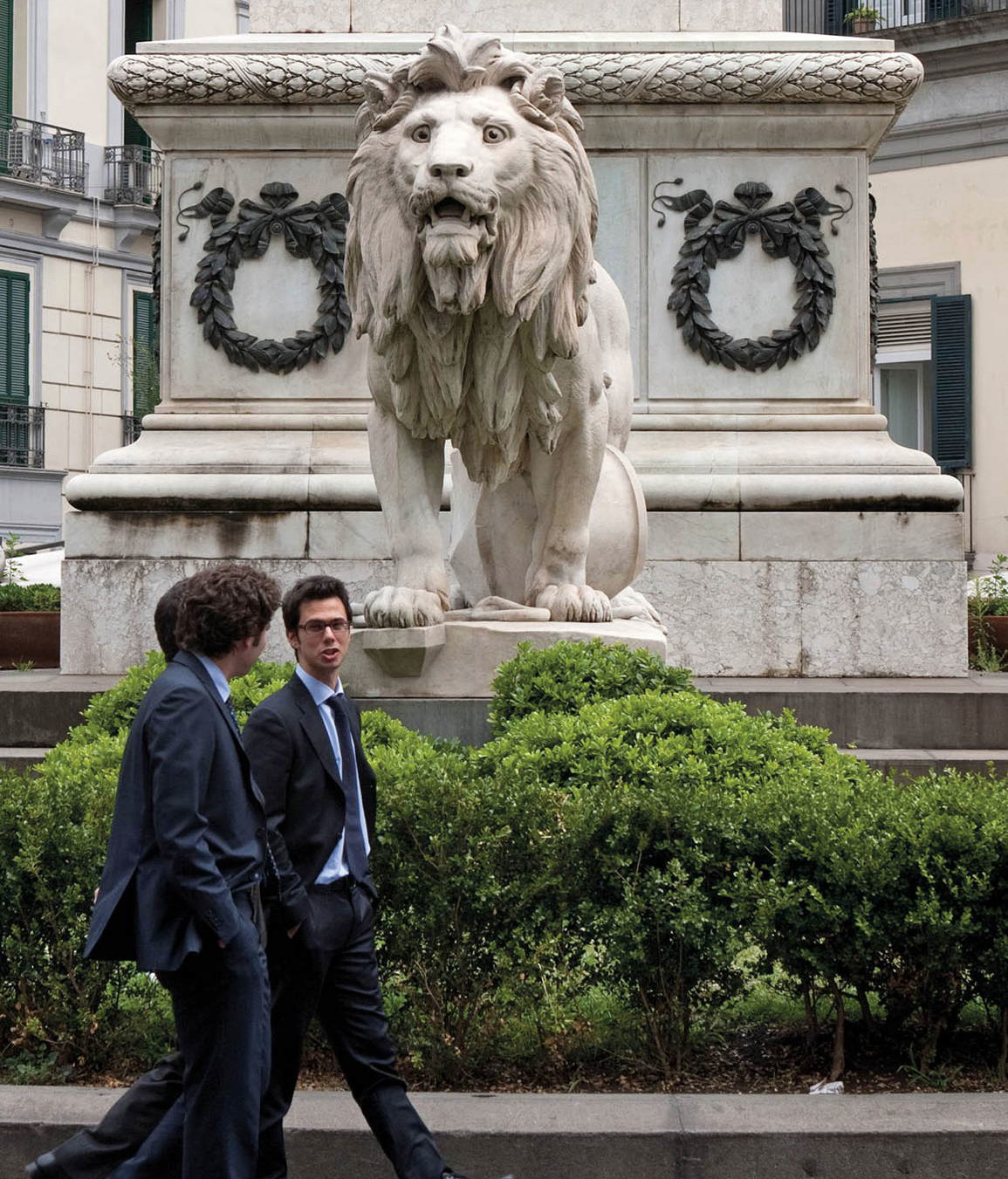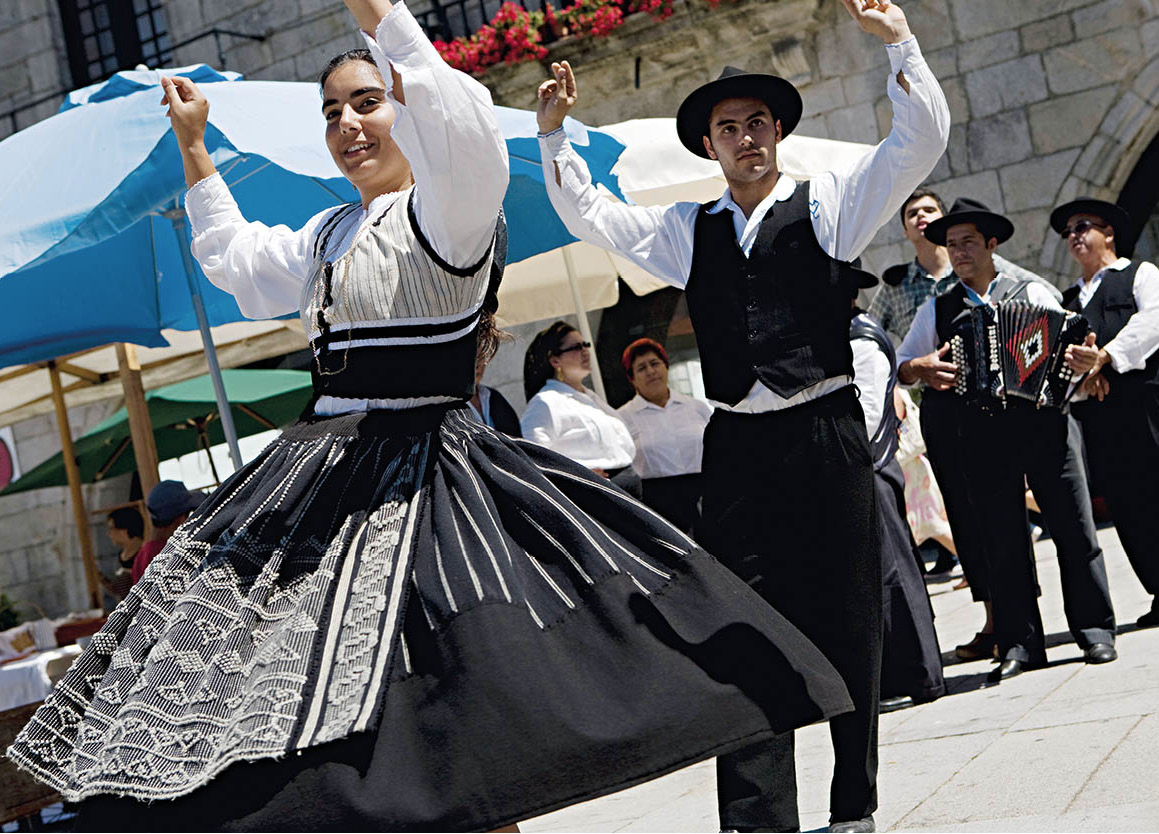How To Use This E-Book
Getting around the e-book
This Insight Guide e-book is designed to give you inspiration for your visit to Western Europe, as well as comprehensive planning advice to make sure you have the best travel experience. The guide begins with our selection of Top Attractions, as well as our Editors Choice categories of activies and experiences. Detailed features on history, people and culture paint a vivid portrait of contemporary life in Western Europe. The extensive Places chapters give a complete guide to all the sights and areas worth visiting. The Travel Tips provide full information on getting around, hotels, activities from to culture to shopping to sport, plus a wealth of practical information to help you plan your trip.
In the Table of Contents and throughout this e-book you will see hyperlinked references. Just tap a hyperlink once to skip to the section you would like to read. Practical information and listings are also hyperlinked, so as long as you have an external connection to the internet, you can tap a link to go directly to the website for more information.
Maps
All key attractions and sights in Western Europe are numbered and cross-referenced to high-quality maps. Wherever you see the reference [map] just tap this to go straight to the related map. You can also double-tap any map for a zoom view.
Images
Youll find hundreds of beautiful high-resolution images that capture the essence of Western Europe. Simply double-tap on an image to see it full-screen.
About Insight Guides
Insight Guides have more than 40 years experience of publishing high-quality, visual travel guides. We produce 400 full-colour titles, in both print and digital form, covering more than 200 destinations across the globe, in a variety of formats to meet your different needs.
Insight Guides are written by local authors who use their on-the-ground experience to provide the very latest information; their local expertise is evident in the extensive historical and cultural background features. All the reviews in Insight Guides are independent; we strive to maintain an impartial view. Our reviews are carefully selected to guide to you the best places to stay and eat, so you can be confident that when we say a restaurant or hotel is special, we really mean it.
Like all Insight Guides , this e-book contains hundreds of beautiful photographs to inspire and inform your travel. We commission most of our own photography, and we strive to capture the essence of a destination using original images that you wont find anywhere else.
2013 Apa Publications (UK) Ltd
Table of Contents
The Heart of the Old World
Europe is the heart of Western civilisation, nourishing a rich mix of cultures and providing a fertile breeding ground for human creativity in all its forms.
The worlds second-smallest continent, after Antarctica, has a history of both violence and civilisation, and is as faithful and fractious as any family unit. Two thousand years after being united by the denarii monetary system of the Pax Romana, it is now bound by another common currency, the euro, which for all its current problems makes travelling around Europe so much easier.
Quote
I want all of Europe to have one currency. This will make trading much easier.
Napoleon Bonaparte
This is a book primarily about the European states that lie at the heart of the continent. It includes all the six countries that first joined together to form an economic union in 1957 France, Germany, Italy, Belgium, the Netherlands and Luxembourg. It also covers countries that joined the European Union later, like Spain, Portugal and Austria, as well as Switzerland, which resolutely clings to its independence and its francs. It excludes the islands at the edge Britain and Ireland as well as the Scandinavian countries and the 10 countries of Eastern Europe that joined in 2004 and 2006. This post-Cold War drift eastwards prompted a former US defence secretary whose grandfather was originally from Bremen in Germany to dismiss the EUs original, key members as Old Europe.
Businessmen in Naples.
2010 by Greg Gladman
Old Europe
Seen from the New World, what else could they be? This is the Old World of chteaux and champagne, La Scala and Monte Carlo, gondolas and gypsy violins. It is the home of democracy, Christianity, the Renaissance, royalty, Michelangelo, Mercedes-Benz, Beethoven, the Cannes Film Festival, pasta and tapas. Newer nations may complain, but even they must admit that European art is admired, its wines appreciated, its fashion copied and its languages spoken in every corner of the world.
Europeans from different nations have their own idea of themselves and their own image of Europe. To French politicians, it is a collection of well-off countries who need to get together for their own self-interest. To the inhabitants of countries ruled a few decades ago by right-wing dictatorships, like Spain or Portugal, it represents an ideal of a progressive culture from which they once felt excluded by the accidents of their political history; similarly, for the countries of Eastern Europe, it is an entity through which they can regain the rightful place in the world that they were denied under Communism from 1945 to 1989. Romantics see Paris as its centre, bureaucrats look to Brussels, style-setters consider Barcelona and Milan the main hubs, classicists look to Athens and Rome, Catholics to the Vatican, skiers to the Alps and hedonists to the Mediterranean shores.
Wide divisions
Its countries may be physically attached, but Europe is not homogeneous, and all efforts to unite its unruly tribes have come to nothing. Charlemagne and Napoleon failed and, despite over 50 years of closer union, the sense of European identity is still weak. The fact is that most Europeans, in spite of all the handshaking and treaty signing, do not see themselves as a single entity, and voter turnout to elect members to the European Parliament can be depressingly low.
Indeed, they often dont see themselves as part of the country to which they already belong. Basques, Bretons, Catalans, Flemings, Lombards and others still dream of resurrecting independent nationhood. Mistrusts run deep, and stereotypes are still used in the nations popular newspapers to stir up feeling. There are epigrams to sum up every nation, every region, every city; sayings to reinforce ideas about their stubbornness or joie de vivre , their cleverness or stupidity. Such cartoon characters are easy to sketch, from the hard-working Teutonic races of the north to the excitable Latins of the south, from boisterous Bavarians to arrogant French, devious Greeks and boring Belgians. A typical Spaniard, the Viennese psychoanalyst Sigmund Freud said of the painter Salvador Dal. Quite mad. His statement does not bear analysis.


